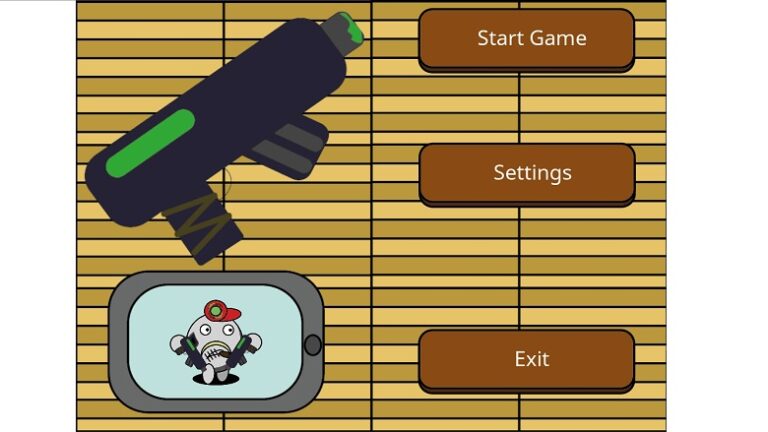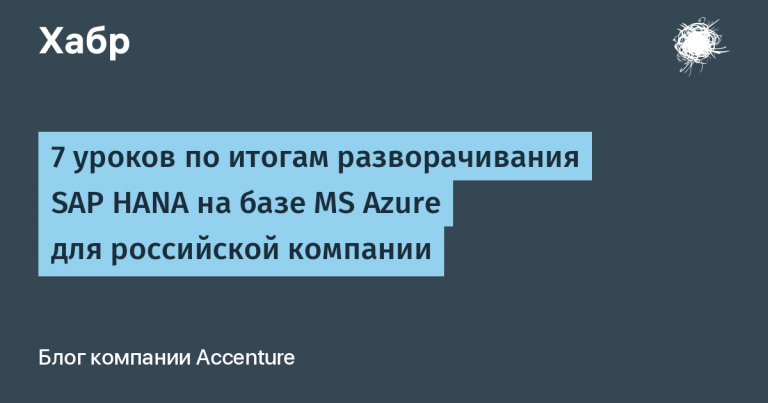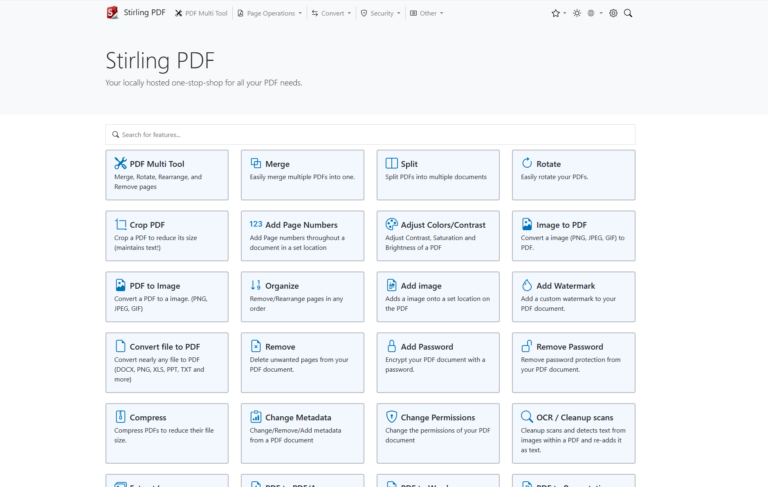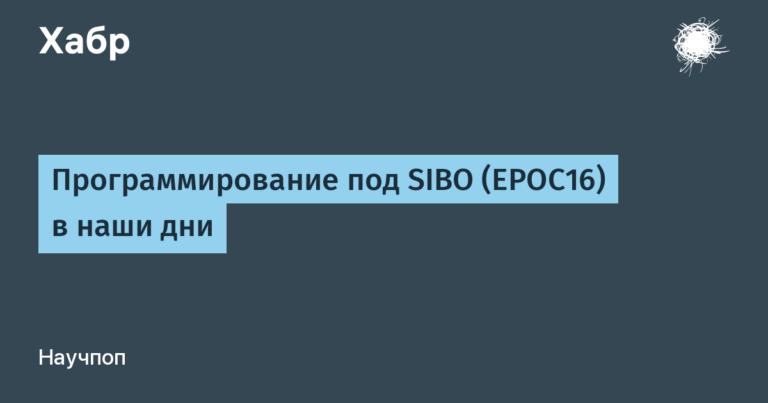How SBER turns gigabytes of data into useful knowledge that employees and clients need

The SBER Corporate Solutions Center provides remote support to bank clients. The department serves more than 3 million legal entities – employees provide consultations by phone, answer questions in chats and send mailings. Also in the structure of the contact center there are tools for client self-service: a virtual assistant, chat bots and a business directory. Ekaterina Gorsheneva, knowledge management project manager, tells how they developed their platform, what results they got and what the main task of the corporate knowledge base is.
Previously, the knowledge base was developed on the Confluence platform, but over time it was time to switch to our own solution.
A little theory: how knowledge appears in a company
First, let’s understand the difference between data, information and knowledge. American economist Russell Ackoff defined knowledge as the ability to transform information and data into effective action. The scientist proposed the following hierarchy:
Data are some disordered symbols considered without regard to context.
Information is a dedicated and ordered part of the database that answers the questions “Who?, What?, Where?, When?”.
Knowledge is information in context. It is the context that makes information knowledge if it is consistent and useful in a given situation.
An effective knowledge management system turns data into tools for solving customer issues. In other words, the main purpose of a knowledge base is not just to store data, but to help employees act correctly and create value for the business.
Let’s explain with an example. SBER lends to businesses – for now it’s just data that doesn’t solve the client’s problem. To receive a loan, a company must meet certain criteria – this is information in context. When an employee finds it in the knowledge base and advises the entrepreneur on how to open a line of credit, the information is transformed into knowledge. At this stage, value appears for the client and the bank.
The amount of knowledge in each company is constantly growing: new clients are added, business lines are opened, projects are implemented. All this generates knowledge, which can be in explicit or implicit form.
Explicit knowledge — are documented and accessible to all employees; in essence, this is a corporate knowledge base.
Tacit knowledge – appear from personal experience, so they are stored in the heads of employees.
According to research, up to 50% of a company’s knowledge can be tacit. Hence the situation when, after the dismissal of an expert, some business process stops. It turns out that only one employee knew how to do it, and he took this knowledge with him.
A knowledge management system must turn tacit knowledge into explicit knowledge – “get” it out of employees’ heads, record it and put it into a database. Then the dismissal or rotation of experts will not harm the business.
An important question: why manage knowledge?
Developing a knowledge management system is a long and labor-intensive process. Therefore, the question may arise: why do this at all? In short, to save employee time and company money. Evaluate the research data:
An effective knowledge management system reduces the time it takes to find answers to customer questions by 35% (McKinsey). The service improves, and as a result, customer loyalty grows, and they stay with you for a long time.
Fortune500 companies lose an average of $32 billion annually due to expert layoffs (International Data Corp). Therefore, the largest businesses invest in knowledge management systems, and the costs are recouped many times over.
We have come up with a formula for an effective knowledge base: it fulfills its purpose if the right information reaches the right people at the right time. At the same time, 50% of success depends on the platform, and another 50% on the organization of the processes of creation, replication and distribution of content.
Let’s move on to practice: how to build a knowledge management strategy
Our knowledge base stores information on 500 banking products, services and services. The Enterprise Solutions Center had long planned to migrate to its own platform, and the closure of Confluence accelerated this process. That’s why we created our knowledge management resource.

Ensured technological sovereignty. Now we are independent of third-party developers and are confident that we can always provide clients with reliable service.
Solved user problems. CSI (customer satisfaction index) measurements revealed problems with Confluence: inconvenient interface, inaccurate search, low speed, complex structure, lack of tools to control the relevance of content.
The main users of our database are contact center employees. They need information “in the moment”: they need to quickly find an accurate and complete answer to the client’s question. And Confluence’s shortcomings created inconvenience for operators.
The proprietary knowledge management platform has become a convenient source of information for employees and clients. We have focused on developing search by incorporating various attributes into search logic and article markup. Particular attention was paid to the quality of content: information should be clearly structured, understandable and relevant. We are working on integrating the knowledge base with other systems – this will allow us to reuse information and make it possible to apply knowledge at the right time.
The transfer of content to the new platform was approached comprehensively. We didn’t just copy the materials, but took into account the user experience and client questions and did a full redesign. It is important that the knowledge base does not contain unnecessary information, but only relevant information remains.
Knowledge management strategy: main stages
Stage 1 – Discovery. We determine which knowledge should be added to the database and which has no value. Analytics of user data and client requests helps. First, we study dialogues with clients in chats and call recordings, then we analyze what people are interested in more often.
Stage 2 – Recording. We have assembled a team of editors who create high-quality and structured materials.
The knowledge base for clients on the bank’s website requires standards for publishing articles, so we have developed a unified editorial policy. In the texts we speak the client’s language – we use words and formulations from requests. We control the quality of content – we verify publications and regularly check relevance. We learn from examples – we create standard articles and templates for standard materials.
Content quality is the foundation for a knowledge base. You can do a great search, but it won’t be of much use if the articles don’t help employees solve customer issues.
Stage 3 – Organization. We created a clear storage system and convenient search for information. The structure of the content should be obvious so that external and internal users find articles literally like books on library shelves.
To ensure that all channels have the same and up-to-date information, you need to maintain a single source. For example, if an employee article, a customer guide, and a message template are all on the same topic, they should refer to the same section.
Stage 4 – Distribution. We share knowledge between internal and external users and track learning.
To do this, we create a personal user account through which we control the study of newsletters and releases. We also test your knowledge of the materials and make recommendations for learning based on errors.
Stage 5 – Reuse. In developing the knowledge base, we give priority to client self-service.
We believe that the best service is the one that was not provided. Therefore, we create different levels of immersion in the knowledge base so that external users can find the necessary materials themselves. And the “live” employee connected only when necessary.
People determine the result – how we work with the team
The quality of the content, and therefore the effectiveness of the knowledge management system, depends on the editorial team. Working with banking products requires certain competencies. But even more important is the ability to explain complex things in simple language, the ability to present information clearly. Therefore, copywriting skills are a priority for us, and we immerse our employees in the specifics of the banking sector already in the company.
How we work with a team of editors:
We develop — we draw up a training matrix according to which employees master the services of the bank, and also regularly hold meetings with methodologists.
We motivate — set clear and measurable goals. For example, to achieve high CSI (customer satisfaction index) scores for external and internal users, and reduce the time for preparing publications.
We control — we monitor the quality and timing of content creation and placement.
Working on an article doesn’t end when the content is published. We make sure to collect feedback from users, and also measure internal CSI every two months. We constantly improve, update and supplement materials.
Migration to your own platform – how to accustom employees to the new
New solutions may cause resistance among people who have been working on the old platform for a long time. Everything there was familiar and familiar, but they had already adjusted to imperfections. Therefore, employees may find the new knowledge base inconvenient at first. We also encountered this problem during the transition to our own platform.
How employees adapted to the new knowledge base:
Made training materials. Video instructions were created for line personnel. And they organized separate training for managers so that they could share knowledge with their teams.
Collected feedback. We found out what exactly users find inconvenient, and then improved the articles and functionality.
We introduced gamification. We conducted a quiz for employees on their knowledge of the new platform.
It is noteworthy that the introduction of its own platform did not encounter resistance among newcomers. They had no user habits with the previous solution, so adaptation was easy.
Let’s summarize: what we got as a result
We will direct further development of the knowledge management system towards neural networks. We will improve smart search and train a language model so that it can provide hints to users. We also plan to expand self-service capabilities.
We are still finalizing and improving the platform, but we can already sum up the first results:
The search time for a target article has been reduced to 3 seconds, with plans to reduce it to 1 second.
Knowledge base CSI increased by 15%.
The content has become clearer to users – they ask 20-25% fewer clarifying questions.
How to create a knowledge base if you don’t have your own platform
As can be seen from Ekaterina’s report, developing your own resource for knowledge management is a large-scale project that the largest corporations can do. But you can go the other way – collect the company’s experience and develop a knowledge base based on a ready-made solution. I won’t be modest – platform TEAMLY.
Come to our office for a meetup, where I will tell you how TEAMLY helps you manage your company’s knowledge, tasks and documents. And Nadezhda Sergeeva, business process analyst at ABC Age, will share a case of creating a knowledge base for a young company that grew up on marketplaces. There will be takeaways and conclusions. Register and come, we are waiting for everyone.





